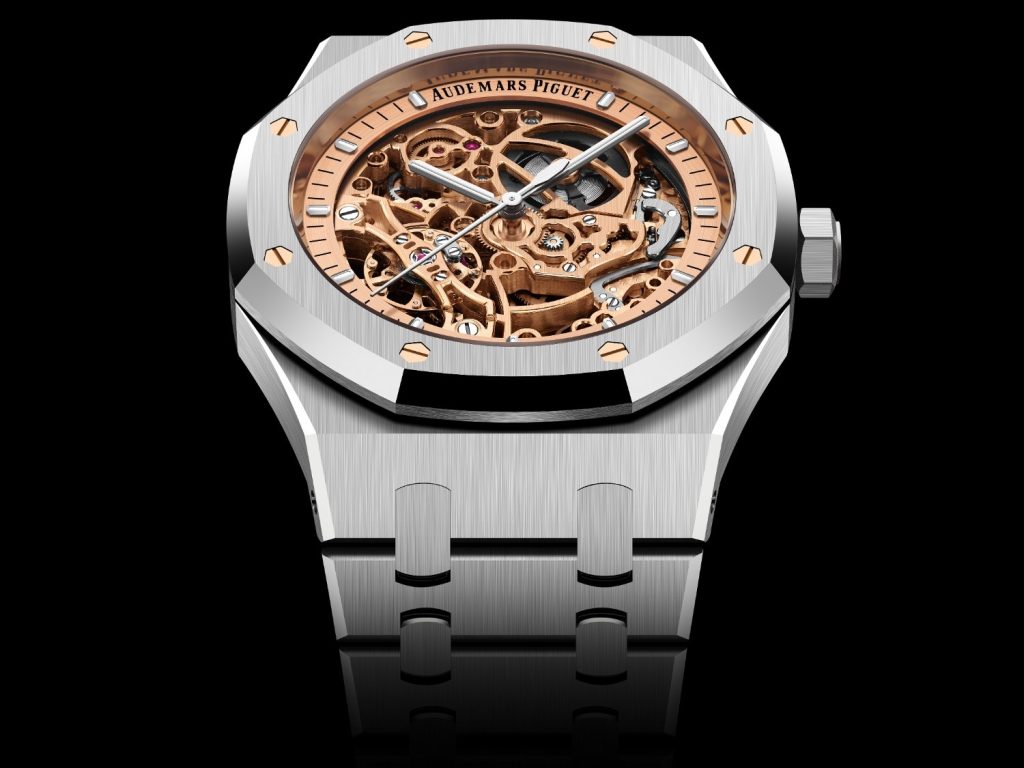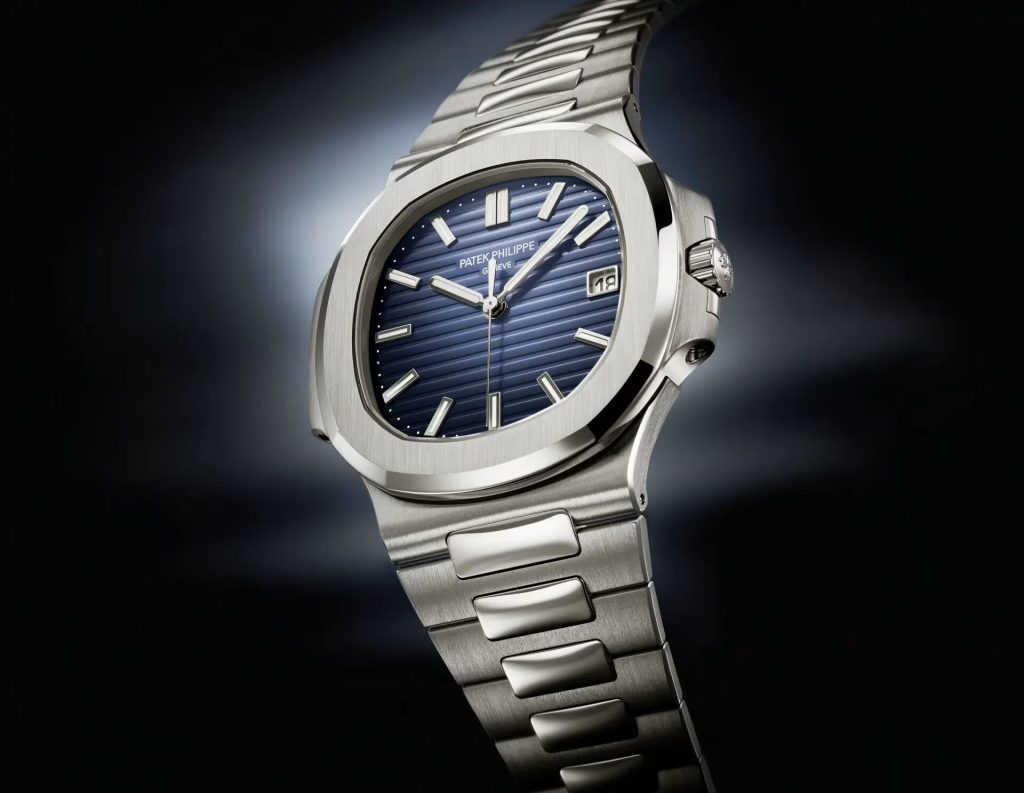Top 5 Integrated Luxury Watches You Need to Know in 2025
A deep dive into the art and engineering of the integrated bracelet, where the case and strap merge into one flawless form
The integrated bracelet is one of watchmaking’s most polarising, celebrated, and obsessively discussed design codes. Unlike conventional watches—where a case meets a strap as two independent components—the integrated approach blends them into a single, cohesive architecture. The meeting point is hidden, invisible, or designed to appear sculpted from one master block of metal. It’s a concept born in the 1970s, popularised by Gérald Genta, and now experiencing a renaissance as brands chase that elusive holy grail of comfort and visual harmony.
Ask collectors why integrated-bracelet watches matter, and you’ll hear an assortment of words normally reserved for architecture: proportions, flow, lines, tension. And that’s precisely the point. These watches aren’t just instruments—they’re industrial design objects that blur the boundaries between jewelry, sculpture, and engineering. Here are five modern and classic references that don’t just nail the philosophy—they elevate it to an art form.
Audemars Piguet Royal Oak

No discussion on integration can begin without the Royal Oak. Introduced in 1972, it shocked the industry with its octagonal bezel, exposed screws, and slim, tapering bracelet that looked like no other metal linkage of its time. The design was bold, architectural, and unapologetically different. What made the Royal Oak groundbreaking wasn’t just its aesthetic—it was the sense that the entire watch had been carved from one solid thought. The case flowed into the bracelet with seamless intent, proving that luxury could be sporty, brazen, and beautifully engineered. Today, the Royal Oak remains the benchmark many still chase.
Patek Philippe Nautilus

If the Royal Oak was the angular rebel, the Nautilus became the smooth-talking diplomat. Launched in 1976, its rounded-hinge “ears” and softer profile offered a friendlier take on Genta’s integrated vision. The real magic, however, is in the bracelet: a sublime interplay of polished and brushed finishes, wide center links, and ergonomic curvature that makes it one of the most comfortable bracelets in high horology. The Nautilus demonstrated that integration wasn’t limited to sharp lines—it could also be refined, graceful, and undeniably elegant.
Vacheron Constantin Overseas Tourbillon

Vacheron’s Overseas has evolved significantly since its 1996 debut, and today it represents one of the most compelling integrated designs in the luxury space. The Maltese cross-inspired bezel seamlessly continues into the bracelet’s notched links, creating a rhythm of shapes that feels dynamic yet restrained. Unlike the purist approach of Genta-era pieces, the Overseas embraces versatility: its tool-free quick strap-change system lets you swap from steel to rubber to leather within seconds. It’s integration for the modern collector—functional, luxurious, and engineered for daily wear.
Girard-Perregaux Laureato

The Laureato deserves more love. First launched in 1975, this watch blends a sleek octagonal bezel with a round dial opening and slender, flowing bracelet links that almost melt into one another. Its strength lies in its proportions: thin enough to feel refined, sporty enough to stand alongside its more famous peers. Today’s Laureato models stay true to the original design language but add contemporary flair through textured dials and updated finishing. It’s a watch for those who appreciate the integrated aesthetic but prefer quiet confidence over overt statement.
Zenith Defy Skyline

The Defy Skyline brings a modern, angular personality to the integrated category. Inspired by Zenith’s bold 1969 Defy, the Skyline reimagines the concept with crisp surfacing, faceted cases, and a bracelet that tapers with origami-like precision. The star-patterned dial and high-beat movement lend it a distinctive identity—proving that integrated design isn’t just about heritage; it can be a playground for futuristic expression. With its sharp edges and contemporary verve, it’s a watch that stands out without trying too hard.
Where The Integrated Bracelet Goes Next
The genre shows no signs of slowing down. As brands experiment with titanium, ceramic, and avant-garde shapes, the integrated bracelet continues to evolve beyond tradition. What remains unchanged is its appeal: a harmony of form and function that feels natural on the wrist and visually complete.
In a world full of interchangeable straps and fleeting trends, integrated watches offer something rare—coherence, character, and the confidence of design that knows exactly what it’s doing. And that, in watchmaking or othe